
Unlock The Power of Light
Following the administration of 'tweakments' such as Botox and dermal fillers, temporary side effects within the skin may be experienced. These include inflammation, redness and bruising and the severity and duration of these symptoms can vary widely from person to person.
The combined combined application of blue (415nm), red (630nm) and near-infrared (830nm) wavelengths cause an increase in the production of the essential wound healing protein, collagen, which plays a key role in tissue repair.
Red and Near-infrared wavelengths penetrate deep within the skin's dermis (2–3 mm), causing photobiomodulation within the mitochondria of our fibroblast cells. Mitochondria generate the chemical energy needed to power our cells and fuel the biological processes fundamental to life. When stimulated by these wavelengths, the mitochondria produce ATP energy, or 'cell fuel', which boosts the fibroblast cell's efficiency and proliferation. This sudden surge of energy causes an increase in the production of the essential wound healing protein, collagen, which plays a key role in tissue repair. Red light has also been clinically proven to increase angiogenesis, stimulate blood flow and speed up the resolution of erythema (redness), oedema (swelling) and bruising, therefore reducing time of healing.
If the procedure has resulted in bruising around the injecting site, blue LED light (415nm) can also protect the damaged skin from risk of infection as it has an intrinsic microbial effect. It has also been shown to reduce inflammation.
The combined application of blue (415nm), red (630nm) and near-infrared (830nm) wavelengths in mode 5 make it the perfect protocol post procedure.
Speed up resolution of erythema21
Speed up resolution of oedema21
Speed up resolution of bruising21
Promote angiogenesis (formation of new blood vessels) and stimulate blood flow15
 Your Basket
Your Basket

